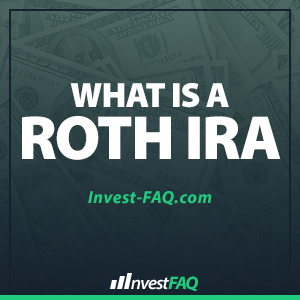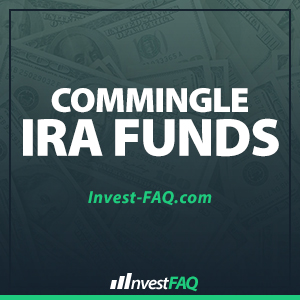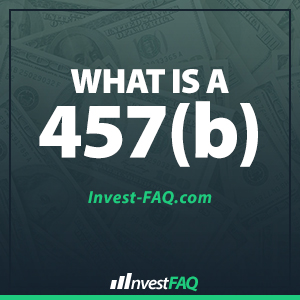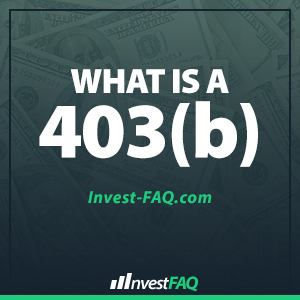Perhaps we should start by looking at the basics: What is stock? Why does a company issue stock? Why do investors pay good money for little pieces of paper called stock certificates? What do investors look for? What about Value Line ratings and what about dividends? To start with, if a company wants to raise
Best Portfolio Tracking & Technical Analysis Software
Many software packages are available that support basic personal finance and investment uses, such as managing a checkbook, tracking expenses, and following the value of a portfolio. Using a package can be handy for tracking transactions in mutual funds and stocks, especially for active traders at tax time. Many packages support various forms of technical
Best Free Investing Software
Archive of Free Investment-Related Programs This article lists two archives of investment-related programs. Most of these programs are distributed in source-code form, but some include binaries. Anyhow, if all that is available is source, then before you can run them on your PC at home you will need a C compiler to create executable versions.
What is a Traditional IRA Plan?
This article describes the provisions of the US tax code for traditional IRAs as of mid 2001, including the changes made by the Economic Recovery and Tax Relief Reconciliation Act of 2001. Also see the articles elsewhere in the FAQ for information about Roth IRA and Education IRA accounts. An individual retirement arrangement (IRA) allows a person, whether covered
Simplified Employee Pension (SEP) IRA
A simplified employee pension (SEP) IRA is a written plan that allows an employer to make contributions toward his or her own (if self-employed) or employees’ retirement, without becoming involved in complex retirement plans such as Keoghs. The SEP functions essentially as a low-cost pension plan for small businesses. In tax year 2019, employers can
What is a Roth IRA?
This article gives a broad overview of Roth IRA rules and regulations, and summarizes the differences between a Roth IRA and an ordinary (traditional) IRA. Also see the articles elsewhere in the FAQ for information about the Traditional IRA. The Taxpayer Relief Act of 1997 established a new type of individual retirement arrangement (IRA). It
What is a Keogh Plan?
A Keogh plan is a tax-deferred retirement savings plan for people who are self-employed, and is much like an IRA. The main difference between a Keogh and an IRA is the contribution limit. Although exact contribution limits depend on the type of Keogh plan (see below), in tax year 2019 a self-employed individual may contribute
Commingling IRA Account Funds
The term “co-mingling” refers to mixing monies that were saved under different plans within a single IRA account. You may co-mingle as much as you want within your IRAs. Although the bookkeeping is not a problem, there are disadvantages; one example is discussed below. Remember that you can have as many IRA accounts as you
What is a 457(b) Plan?
A 457(b) plan is a non-qualified, tax-deferred compensation plan offered by many tax-exempt institutions to their employees, especially by governments. This plan, like a 401(k) or 403(b) plan, allows you to save for retirement. Contributions are made from pre-tax wages, and the Internal Revenue Code sets the maximum contribution limits. The limit for tax year
What is a 403(b) Plan?
A 403(b) plan is a retirement savings plan that is funded by employee contributions and (often) matching contributions from the employer. Tax-exempt organizations (i.e., 501(c)(3) employers) such as churches, schools, and charities offer these plans to their employees. In tax year 2019, an employee can contribute up to $19,000 to the plan via payroll deductions.










